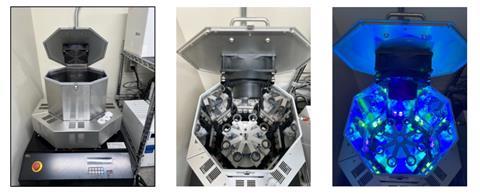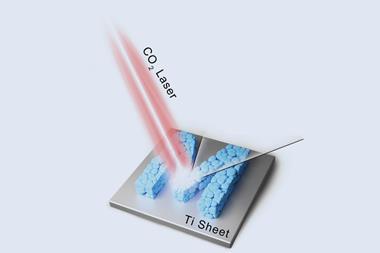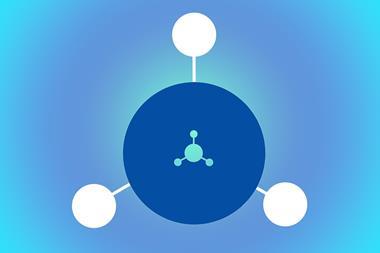A new catalytic reaction produces ammonia from atmospheric nitrogen and water, with sunlight as the only energy input. The process potentially offers a cleaner way to make the compound, which is an important component of fertilisers.
Just under 200 million tons of ammonia are made annually, but this production comes with an incredibly high energy cost. Due to the use of fossil gases that provide both heat and hydrogen for Haber–Bosch plants, ammonia production is responsible for around 2% of the world’s carbon dioxide emissions.
Aiming to make ammonia production more sustainable, researchers in Japan have now developed a milder alternative to the traditional Haber–Bosch reaction. ‘We succeeded in developing a novel catalytic system for producing ammonia from ubiquitous molecules on Earth, which can be driven by solar energy under mild reaction conditions,’ explains the University of Tokyo’s Yasuomi Yamazaki, who worked on the project.
Back in 2022, the team, led by catalysis researcher Yoshiaki Nishibayashi, had developed a photocatalytic method for producing ammonia from dinitrogen that used an organic compound called dihydroacridine as a hydrogen source. Since then, the team has focused on adapting the system to use water as a hydrogen source – a challenge as water is a relatively stable molecule.

The new system relies on two catalysts – one based on molybdenum and the other based on iridium – and a tertiary phosphine reagent that helps to activate the water molecules. ‘When the iridium photocatalyst absorbs sunlight, its excited state can oxidise the tertiary phosphines,’ explains Yamazaki. The oxidised phosphine then activates water via the formation of a bond between the phosphorus atom and the water’s oxygen.
Meanwhile, the molybdenum catalyst activates dinitrogen, generating a nitride complex. ‘The radical [phosphine oxide] species donate protons to the nitride moiety in the molybdenum complex to convert the nitride ligand to ammonia,’ says Nishibayashi. He notes that the remaining phosphine oxide byproducts can then feasibly be converted back to the original phosphines by electroreduction.

The team note that the reaction’s quantum efficiency – the amount of ammonia produced, compared to the number of photons absorbed – reached beyond 22%, making it more efficient than other photocatalytic systems for producing ammonia.
‘It’s a giant step forward,’ comments William Goddard, a computational chemist based at the California Institute of Technology in US, whose lab has carried out in depth analysis of catalytic ammonia production methods.
Goddard is excited about the future applications, adding that ‘this new approach could be implemented around the world to make the ammonia where you need the fertiliser’.
Nishibayashi’s team now plans to develop its system further so it can be integrated into a green ammonia supply chain. This includes reducing the amount of tertiary phosphine required, cutting the cost of the catalysts and improving their durability, notes Yamazaki.
References
Y Yamazaki, Y Endo and Y Nishibayashi, Nat. Commun., 2025, DOI: s41467-025-59727-w

















No comments yet